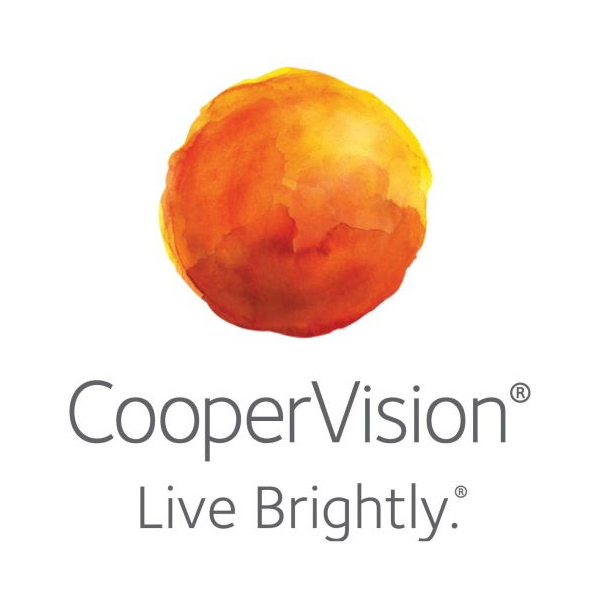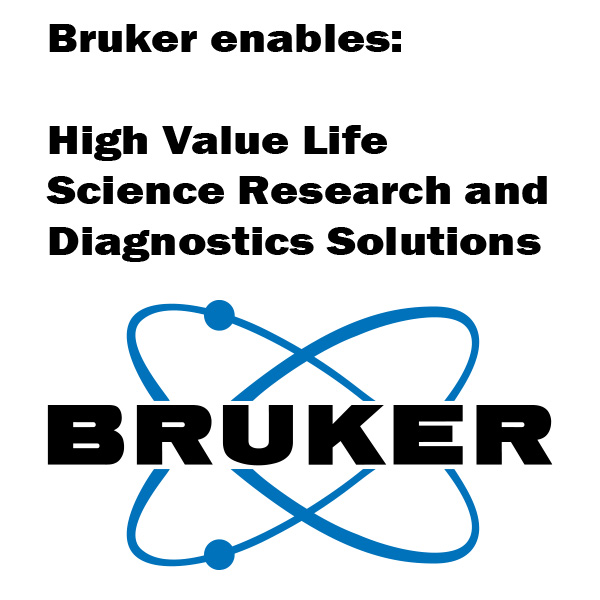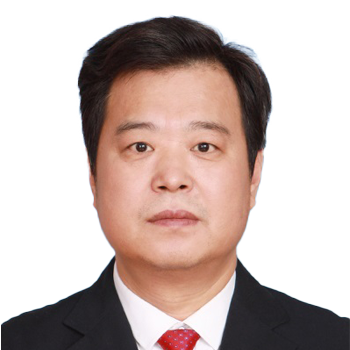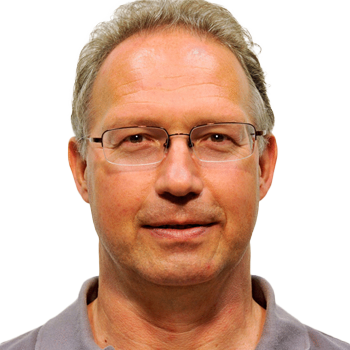Final Program
Program: Monday, May 13, 2024
|
09.00 h |
Bus to Thesinge departs from the main entrance, University Medical Center (UMCG), Hanzeplein, Groningen, The Netherlands |
|
09.30 – 10.00 h |
Registration with coffee/tea Poster mounting (see last pages for poster overview) |
|
10.00 – 10.05 h |
“Welcome to Thesinge” by Henny van der Mei |
Chair: Henny van der Mei
|
10.05 – 10.35 h |
Opening Lecture: Henk Busscher, UMCG, Groningen, The Netherlands Beyond surface modification strategies to control infections associated with implanted biomaterials and devices - addressing the opportunities offered by nanotechnology |
|
10.35 – 10.55 h |
Colin McCoy, Queen's University Belfast, Belfast, United Kingdom Synergy between antimicrobial and anti-adherent mechanisms to reduce biofilm formation |
|
10.55 – 11.15 h |
Filipe J. Mergulhão, University of Porto, Porto, Portugal Using carbon nanotube-based surfaces to inhibit single- and dual-species biofilms of uropathogenic bacteria |
|
11.15 – 11.30 h |
Shun Duan, Beijing University of Chemical Technology, Beijing, China Multi-scale antibacterial materials |
|
11.30 – 11.45 h |
Fintan Moriarty, AO Foundation, Davos, Switzerland Targeted poly (D-amino acids) nanoparticles loaded with sitafloxacin for staphylococcal biofilm eradication |
|
11.45 – 12.00 h |
Patricia Nadworny, Innovotech, Edmonton, Canada Unique antibiofilm nanostructured silver compound for use in gel and polymer coating |
|
12.00 – 12.15 h |
Karina de Almeida Lins, University of Nottingham, Nottingham, United Kingdom Development of neonatal medical devices with reduced infection risk using biofilm inhibiting polymers |
|
12.15 – 13.00 h |
Lunch |
|
13.00 – 14.00 h |
Posters, presenters be present at your poster |
Chair: Terri Camesano
|
14.00 – 14.45 h |
Keynote Lecture: Kees Poelstra, the Robotic Spine Institute of Las Vegas, Allegiant Institute, Nevada, USA The clinical problem of (biomaterials-associated) infection |
|
14.45 – 15.00 h |
Sarah Nick, University of Washington, Seattle, USA Nanoscale layer-by-layer functionalized gauze for synthetic anti-biofilm peptide release at wound sites |
|
15.00 – 15.15 h |
Miryana Hemadi, Université Paris Cité, Paris, France Applications of nanohybrid materials for eliminating bacterial biofilms |
|
15.15 – 15.30 h |
Adéla Melcrová, UMCG, Groningen, The Netherlands Stiffening activity of peptidomimetic AMC-109 as a way towards lower adhesion |
|
15.30 – 15.45 h |
Matthew Wylie, Queen's University Belfast, Belfast, United Kingdom Small molecule antibacterials possessing anti-virulence properties to disarm P. mirabilis and disrupt crystalline biofilm formation |
|
15.45 – 16.15 h |
Coffee, Tea break |
Chair: Henk Busscher
|
16.15 – 17.00 h |
Key Note Lecture: Linqi Shi, Nankai University, Tianjin, China Responsive nano antibiotics for controlling bacterial biofilm infection |
|
17.00 – 17.20 h |
Roger Bayston, University of Nottingham, Nottingham, United, Kingdom The importance of Small Colony Variants (SCV) as major components of the established biofilm |
|
17.20 – 17.35 h |
Leanne Fisher, University of Nottingham, Nottingham, United Kingdom Polymer-based coating on a chest drain |
|
17.35 h |
Group photo NOTE: if you have any objection to be in the group photo and have the photo distributed among the participants, please do not join and let the organizers know. |
Social Program
Hosted by the Thesinge Village Community
|
18.00 – 19.00 h |
Village Tour |
|
19.00 – 21.00 h |
BBQ dinner |
|
21.15 h |
Return bus to Groningen leaves Dorphuis Trefpunt |
Programma: Tuesday, May 14, 2024
|
08.15 h |
Bus to Thesinge departs from the main entrance of University Medical Center (UMCG), Hanzeplein, Groningen, The Netherlands |
Chair: Toby Jenkinson
|
09.00 – 09.45 h |
Keynote Lecture: Anna Salvati, RuG, Groningen Understanding how nanomedicine can help against biofilms and infections |
|
09.45 – 10.00 h |
Mihyun Lee, Empa, St. Gallen, Switzerland The impact of host polymers on the growth of P. aeruginosa |
|
10.00 – 10.15 h |
Matt Price, University of Nottingham, Nottingham, United Kingdom Designing a ChemoTopoChip to identify synergistic biofilm resistant combinations |
|
10.15 – 10.30 h |
Li Peng, Northwestern Polytechnical University, Xi’an, China Antimicrobial biomaterials and wearable optoelectronic devices |
|
10.30 – 11.00 h |
Coffee/Tea break/poster discussion |
Chair: James Bryers
|
11.00 – 11.45 h |
Keynote Lecture: Bas Zaat, AUMC, Amsterdam, The Netherlands Are biomaterials-associated infections any different from other types of infection? |
|
11.45 – 12.00 h |
Toby Jenkins, University of Bath, Bath, United Kingdom Measurement of early-stage biofilms via virulence factors in wounds |
|
12.00 - 12.15 h |
Jelmer Sjollema, UMCG, Groningen, The Netherlands The effect of micrococcal nuclease secretion by Staphylococcus aureus in biomaterial associated infections |
|
12.15 – 12.30 h |
Laurent Royon, Université Paris Cité, Paris, France Destruction of biofilms by photothermia |
|
12.30 - 12.45 h |
Fong-Fu Hsu, Washington school of Medicin, St. Louis, USA Characterization of complex lipid structures isolated from biofilm of Mycobacteria |
|
12.45 – 14.00 h |
Hosted Lunch and poster discussion |
Chair: Fintan Moriarty
|
14.00 – 14.15 h |
Alexander Dulebo, Bruker, Berlin, Germany Multiparametric investigation of bacterial surface structure with correlative atomic force microscopy |
|
14.15 – 14.30 h |
Terri Camesano, Worcester Polytech Institute, Worcester, USA Mechanisms of antimicrobial peptide and antibiotic interactions on membrane permeabilization and deactivation of Escherichia coli |
|
14.30 – 14.45 h |
Raphaelle Youf, University Hospital Regensburg, Regensburg, Germany K-wires with biofilm in Galleria mellonella larvae treated with rifampicin |
|
14.45 – 15.00 h |
Vincent Hickl, Empa, St. Gallen, Switzerland Single-cell live imaging of bacterial infections at 3D surfaces |
|
15.00 – 15.15 h |
Mohamed E. Labib, Novaflux, Princeton, USA Physical removal of dental biofilms using a novel toothpaste |
|
15.15 – 15.30 h |
Da-Yuan Wang, Nankai University, Tianjin, China The mechanism of nanocarriers penetration in bacterial biofilms |
|
15.30 – 16.00 h |
Coffee/Tea break and wrapping up posters |
Chair: David Grainger
|
16.00 – 17.00 h |
Off-the-floor presentations and general discussion Heated by David Grainger |
|
17.00 h |
Closure by David Grainger |
|
17.30 h |
Return bus to Groningen leaves Dorpshuis Trefpunt |
POSTER PRESENTATIONS
Poster size: Portrait A0 (width 84.1 x height 118.9 cm)
|
1 |
Olga Lungin, Kyiv National University of Technologies and Design, Kyiv, Ukraine Controversive effects of metal-based nanoparticles use for planktonic growth and biofilm eradication in wounds |
|
2 |
Siran Wang, UMCG, Groningen, The Netherlands Antibacterial/anti-inflammatory synergistic nanomedicine for acute peritonitis |
|
3 |
Veridianna Camilo Pattini, UMCG, Groningen, The Netherlands Curcuminoid is a multifunctional coating with anti-adhesion and anti-biofilm formation of Candida albicans |
|
4 |
Paria Mojarrad, Faculty of Pharmacy, University of Helsinki, Helsinki, Finland Combination therapy against drug resistance biomimetic multispecies biofilms |
|
5 |
Rita Teixeira-Santos, University of Porto, Porto, Portugal Nitric acid-functionalized carbon nanotube-based surfaces to mitigate biofilm development on implantable medical devices |
|
6 |
Yuanlong Cao, UMCG, Groningen, The Netherlands An antimicrobial peptide and chemotherapeutic dual-loaded in liposomes for treatment of bacterial-infected tumors |
|
7 |
Ana Sofia Pinho, Institute for Research and Innovation in Health, Porto, Portugal An in vitro biofilm model to explore nanostructured lipid carriers as a novel strategy against H. pylori biofilm |
|
8 |
Xu Yin, UMCG, Groningen, The Netherlands Poly(β-amino esters)-based micelles for delivering contrast agents to detect biofilm infections |
|
9 |
Pamela Moussa, Wetsus, Leeuwarden, The Netherlands Beyond chlorine: alternative sustainable compounds to remove biofilms from drinking water environments |
|
10 |
Teresa Vinuesa, University of Barcelona, Barcelona, Spain Approaches to oral biofilm modelling for evaluation of antimicrobial products |
|
11 |
Guimei Jiang, UMCG, Groningen, The Netherlands How to deal with antibiotic-resistance |
|
12 |
Robyn Deeks, University of Bath, Bath, United Kingdom Development of a probiotic wound dressin |
|
13 |
Tianrong Yu, UMCG, Groningen, The Netherlands Application of Pt-nanoparticle loaded Bi2Se3 nanosheets to in vivo infected wounds and ex vivo human oral biofilms |
|
14 |
Nikitha Vavilthota, AUMC, Amsterdam, The Netherlands Peptide-hydrogel based wound dressings |
|
15 |
Olena Moshynets, National Academy of Sciences of Ukraine, Kyiv, Ukraine Nano-microstructured metal surfaces demonstrated alteration in biofilm architecture and reduction in biofilm formation |
|
16 |
Qiaolan Shi, UMCG, Groningen, The Netherlands Catalytic and anti-biofilm activities of Pt single-atoms and differently-sized Pt nanoparticles supported by manganese-oxide nanosheets |
|
17 |
Deeksha Rajkumar, AUMC, Amsterdam, The Netherlands Novel bioactive glass S53P4 cream to prevent orthopedic implant-associated infection |
|
18 |
Lu Yuan, UMCG, Groningen, The Netherlands The influence of oxygen levels on macrophages’ phagocytosis |
|
19 |
Tianqi Zhang, Karolinska Institutet, Solna, Sweden Visualization and quantification of uropathogenic Escherichia coli biofilm development with optotracing technology |
|
20 |
Cong Li, UMCG, Groningen, The Netherlands Inheritance of chitosan-like properties by hydrothermally-derived carbon quantum dots |
|
21 |
Laure van Hofwegen, AUMC, Amsterdam, The Netherlands The fungicidal activity of graphene quantum dots against Candida species |
|
22 |
Magnus Schou- Jørgensen, Aarhus University, Aarhus, Denmark Prodrugs of mitomycin C using the antibiotic vancomycin as a targeting agents |
|
23 |
Yaran Wang, UMCG, Groningen, The Netherlands Ellagic acid-modified gold nanoparticles to combat multi-drug resistant bacterial infections in vitro and in vivo |
|
24 |
Guang Yang, UMCG, Groningen, The Netherlands Metabolic incorporation of ROS-generating cascade-reaction containers in bacterial cell walls for infectioncontrol |
|
25 |
Fan Wu, UMCG, Groningen, The Netherlands Cu anchored on carbon nitride as a bifunctional glucose oxidase and peroxidase nanozyme for antibacterial therapy |
|
26 |
Gizem Babucccu, AUMC, Amsterdam, The Netherlands Microbial interactions and treatment strategies in Staphylococcus aureus–Candida albicans dual-species biofil |
|
27 |
Cédric Vranckx, Université Catholique de Louvain, Louvain-la-Neuve, Belgium Antibiotics or antimicrobial coatings? Evaluating combined treatment approaches for the removal of staphylococcal biofilm-related infections |
|
28 |
Renfei Wu, UMCG, Groningen, The Netherlands Bacterial killing and the dimensions of bacterial death |
- Hits: 487











